How To Build a Water Cooled Mini-ITX SFF PC w/ Ivy Bridge & Kepler
Benchmarks, Temperatures & Power Consumption
This article is about building an amazing SFF system and we thought about not including any benchmarks, but we figured some would be nice for you to see to give you an idea of what this exact system is capable of. We ran benchmarks both with and without the EVGA GeForce GTX 670 installed in the system as not everyone will need to run a discrete graphics card!
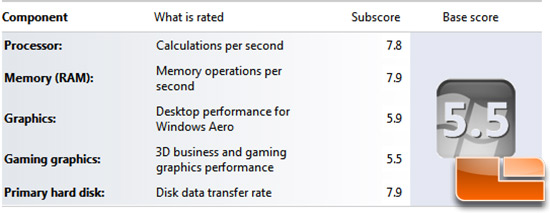
The Windows Experience Index Score was a 5.8 on the system without a video card as the graphics were being run on the Intel Core i7-3770K Ivy Bridge processor with Intel HD 4000 Graphics.
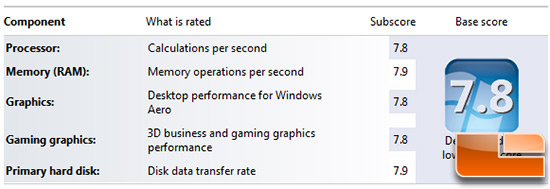
With the EVGA GeForce GTX 670 2GB Superclocked video card installed the Windows Experience Index Score jumped up to 7.8!
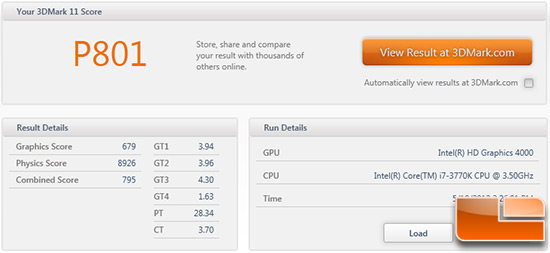
With the system running Intel HD Graphics 4000 we were able to score P801 on 3DMark11 with the performance preset!
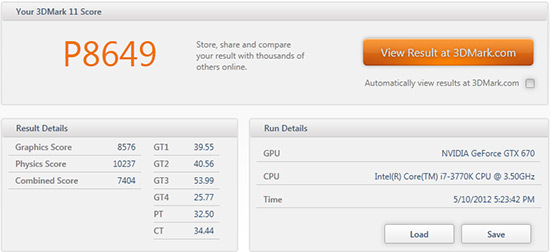
With the EVGA GeForce GTX 670 Superclocked card in the system this score jumped up to P8649, which is more than a 10x improvement in graphics performance!
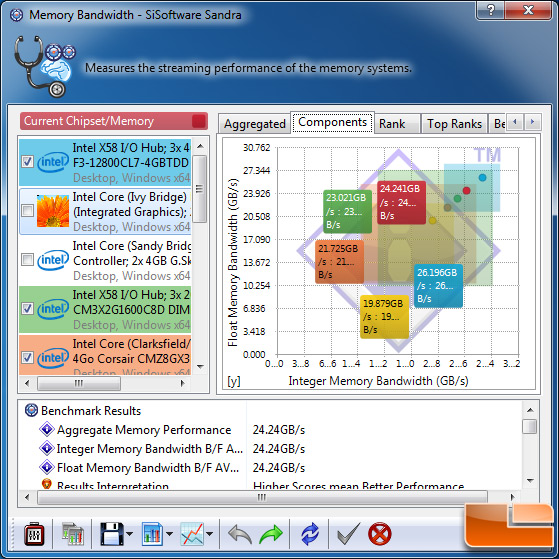
We used the Sandra 2012 SP4 memory bandwidth benchmark to check out how the Corsair Vengeance 16GB 1866MHz CL9 memory kit was performing with 9-10-9-27 1T timings. We were happy to see it was doing really well with over 24GB/s of memory bandwidth!
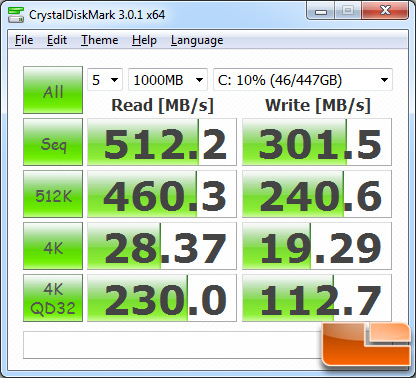
The primary drive in this system is the Kingston HyperX 480GB SSD and we are seeing over 500MB/s sequential read speeds and right at 300MB/s sequential write speeds. These are very impressive performance numbers and this system feels fast in part due to the use of a SATA III SSD like this.
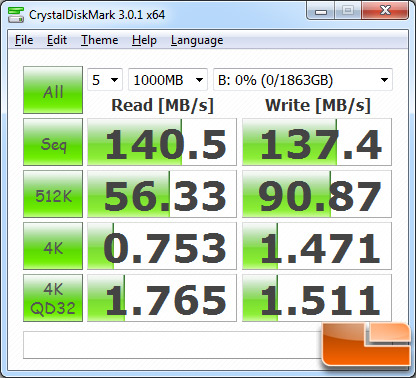
The Western Digital Caviar Black 2TB Hard Drive (WD2002FAEX) also scored well with a sequential read speed of 140.5MB/s and a sequential write speed of 137.4MB/s! With the primary drive being an SSD and the secondary drive being a performance 7200 RPM hard drive, the overall user experience is amazing.
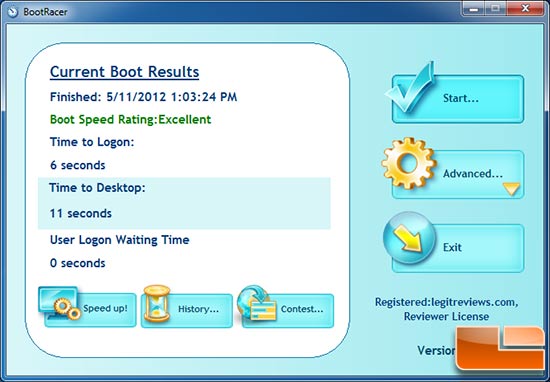
The system felt fast, so we used Boot Racer to see how fast our system was turning on. From the time the OS started to load it took just 6 seconds to get to the logon screen and 11 seconds to get to the desktop! The Kingston HyperX SSD is really fast and the system responsiveness is unreal.
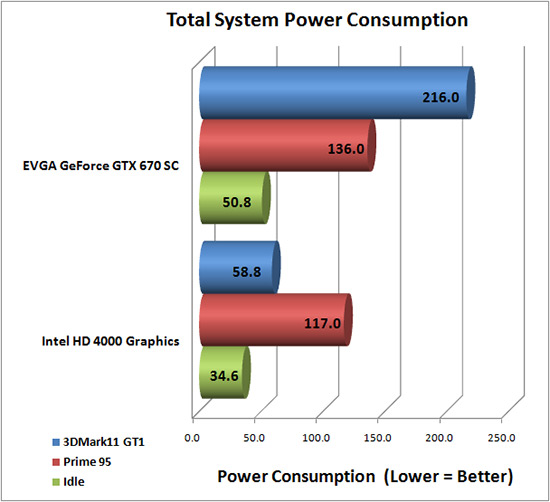
One of the goals of this build was to have a new small form factor system that was very power efficient, yet powerful. The performance of this system is nothing short of amazing, so you can imagine we were happy when we also saw great power numbers. Without a discrete graphics card in the system we were using just shy of 35 Watts at idle and peaking at 117 Watts at full load on Prime 95! With the EVGA GeForce GTX 670 Superclocked video card installed in the system we were idling at just over 50 Watts and peaking at 216 Watts in the first game test of 3DMark11. The power consumption of this system is so low that we were never able to get the fan on the Corsair AX 650 Power Supply to turn on as we were nowhere near 50% load.

With the two 140mm fans running on high we found fairly impressive temperature numbers as well despite the cramped case with hampered airflow. We really didn’t see a temperature difference in the system with the video card installed. The CoolIT ECO II 140mm water cooler did a great job of keeping the Intel Core i7-3770K Ivy Bridge processor cool. We found the system would idle around 31C and peaked just above 61C! This is with the fans running at 100%, so if you lower the fan speeds down you’ll raise the temperature a bit.

Comments are closed.